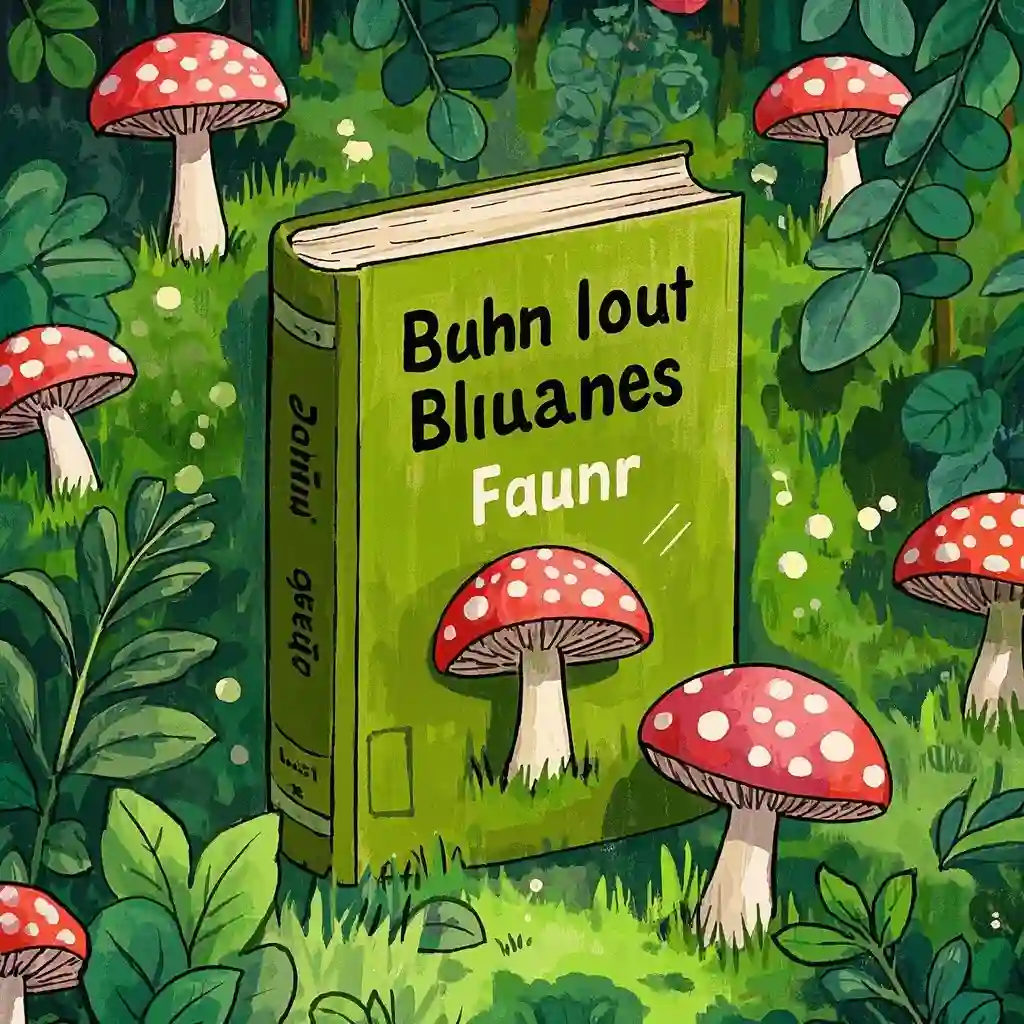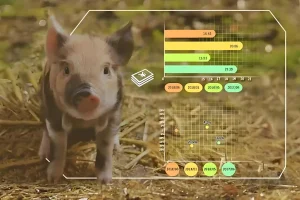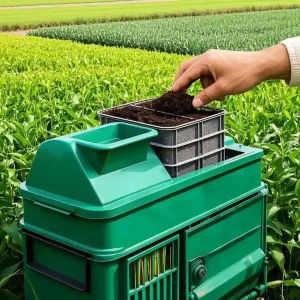I. Policy Guidance

Highlighting the Industry’s Significance
The document explicitly aims to enhance the quality and efficiency of the mushroom industry. This reaffirms the crucial role of the mushroom industry in ensuring food security and constructing a diversified food supply system. Evolving from an early-stage specialty agricultural product to a vital component under the broad food concept, the strategic importance of the mushroom industry has been steadily rising, demonstrating the state’s high regard for its development.
Strengthening Policy Continuity
Over the years, the Central No.1 Document has shown increasing attention to the mushroom industry. From designating mushrooms as a “competitive specialty industry” in 2017 to clearly promoting their quality and efficiency improvement in 2025, the policy support has been consistent and progressive. This provides a solid policy foundation for the long-term and stable development of the industry.
II. Industry Development Opportunities
Aligning with the Broad Food Concept
The document emphasizes the implementation of the broad agriculture and food concepts. Mushrooms possess the ecological characteristics of “five non-competing aspects” – they do not compete with grains, land, fertilizers, water, or time. They can provide a rich food source without vying for resources with traditional crops, making them a significant force in building a diversified food supply system and aligning with the country’s food security strategy.
Meeting Market Demands
With the improvement of people’s living standards and the enhancement of health awareness, the demand for mushrooms, which are high in nutrition, low in fat, and rich in vitamins, is constantly growing. The attention given to the mushroom industry in the document will help guide the industry to further meet market demands, expand the market scale, and increase market influence.
Facilitating Industry Upgrading
The document takes reform, opening up, and scientific and technological innovation as driving forces. This will prompt the mushroom industry to increase investment in science and technology, strengthen germplasm resource protection and breeding, upgrade production facilities and technologies, develop intensive processing, and promote comprehensive utilization. All these efforts will accelerate the transformation and upgrading of the industry and improve its overall quality and efficiency.
Boosting Rural Revitalization
Developing the mushroom industry is an important measure to strengthen county-level industries that enrich the people. It can provide a large number of employment opportunities in rural areas, increase farmers’ incomes, improve the mechanism of connecting farmers to the industry, broaden farmers’ income channels, and contribute to the comprehensive revitalization of rural areas.
III. Industry Development Challenges
Quality Standard Challenges
The document strengthens the supervision of food safety and agricultural product quality safety. This requires the mushroom industry to strictly control product quality. In every link from cultivation and processing to circulation, higher quality standards and safety requirements must be met. Enterprises and practitioners need to increase investment in quality control and enhance quality inspection capabilities.
Innovation Ability Challenges
Under the requirement of taking scientific and technological innovation as the driving force, the mushroom industry needs to accelerate innovation in variety breeding, cultivation techniques, processing technology, etc. However, currently, there are still deficiencies in some key technical fields in China’s mushroom industry, and there is a gap compared with international advanced levels. Therefore, it is necessary to increase scientific research investment, cultivate high-quality talents, and improve independent innovation capabilities.
Resource and Environment Challenges
Although the mushroom industry has the characteristics of green recycling, with the expansion of the industry scale, the demand for resources will increase, and new challenges may be faced in resource utilization and environmental protection. How to achieve sustainable resource utilization and ecological environment protection while developing the industry is a problem that the industry needs to solve.
IV. Industry Development Directions
Diversified Development
The document proposes to build a diversified food supply system. The mushroom industry should develop in a diversified direction. Not only should it continuously enrich varieties to meet the needs of different consumers, but also innovate in product forms and develop more intensive processing products, such as ready-to-eat foods, health foods, and biological products.
Green Development
Against the backdrop of the broad agriculture and food concepts, the mushroom industry should adhere to the concept of green development, promote green cultivation techniques, reduce the use of chemical fertilizers and pesticides, strengthen the comprehensive utilization of mushroom residues and by-products, develop circular economy, and achieve a positive interaction between industry development and ecological protection.
Digital Development
Leverage new technologies such as artificial intelligence and the Internet of Things to promote the digital transformation of the production, processing, and sales of mushrooms. This can improve production efficiency and management levels, achieve precision production and intelligent management, and enhance the competitiveness of the industry.
More:
- 2025: The Year Agriculture Enters the AI Era – A New Wave of Transformation on the Horizon IAgricultural AI Revolution
- Algarikon Zero Project: How a Spanish Firm Transforms Invasive Algae for Edible Mushroom Cultivation
- 🔍 Research Uncovers Key Mechanisms of Morel Strain Degradation
- Spain: Edible Mushrooms Found to Alleviate the “Salty” Dilemma of the Meat Industry
- Yunnan’s Morel Mushroom Industry: Current Status and Prospects


